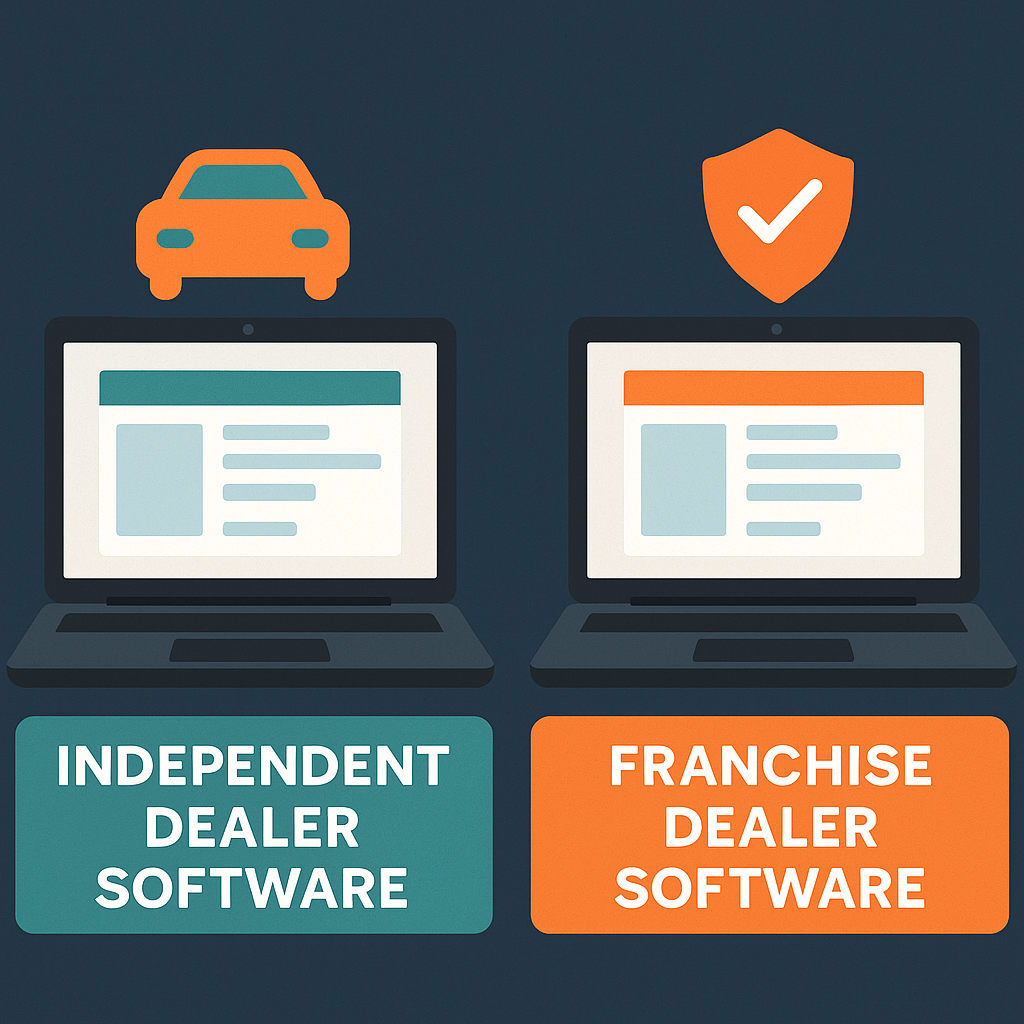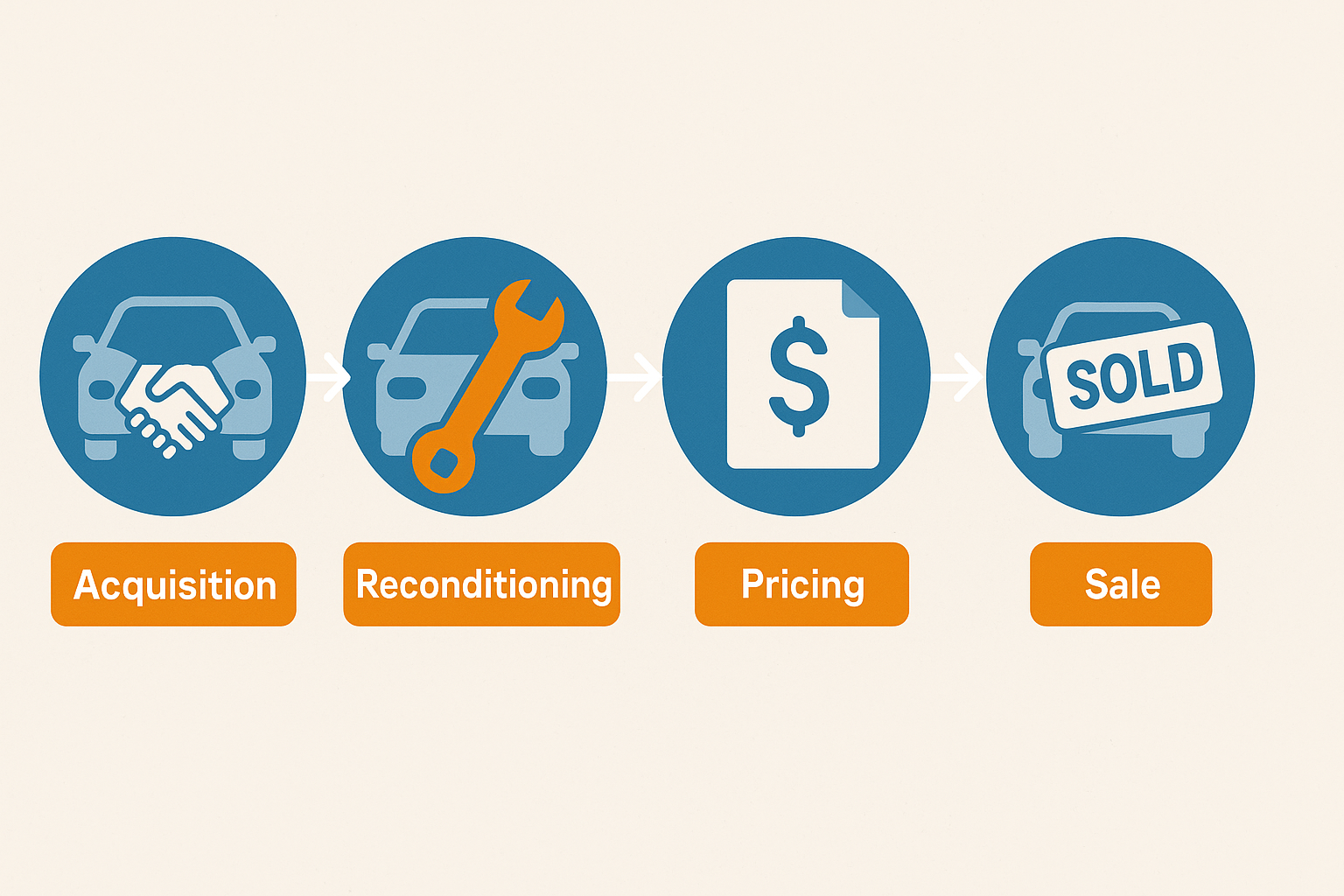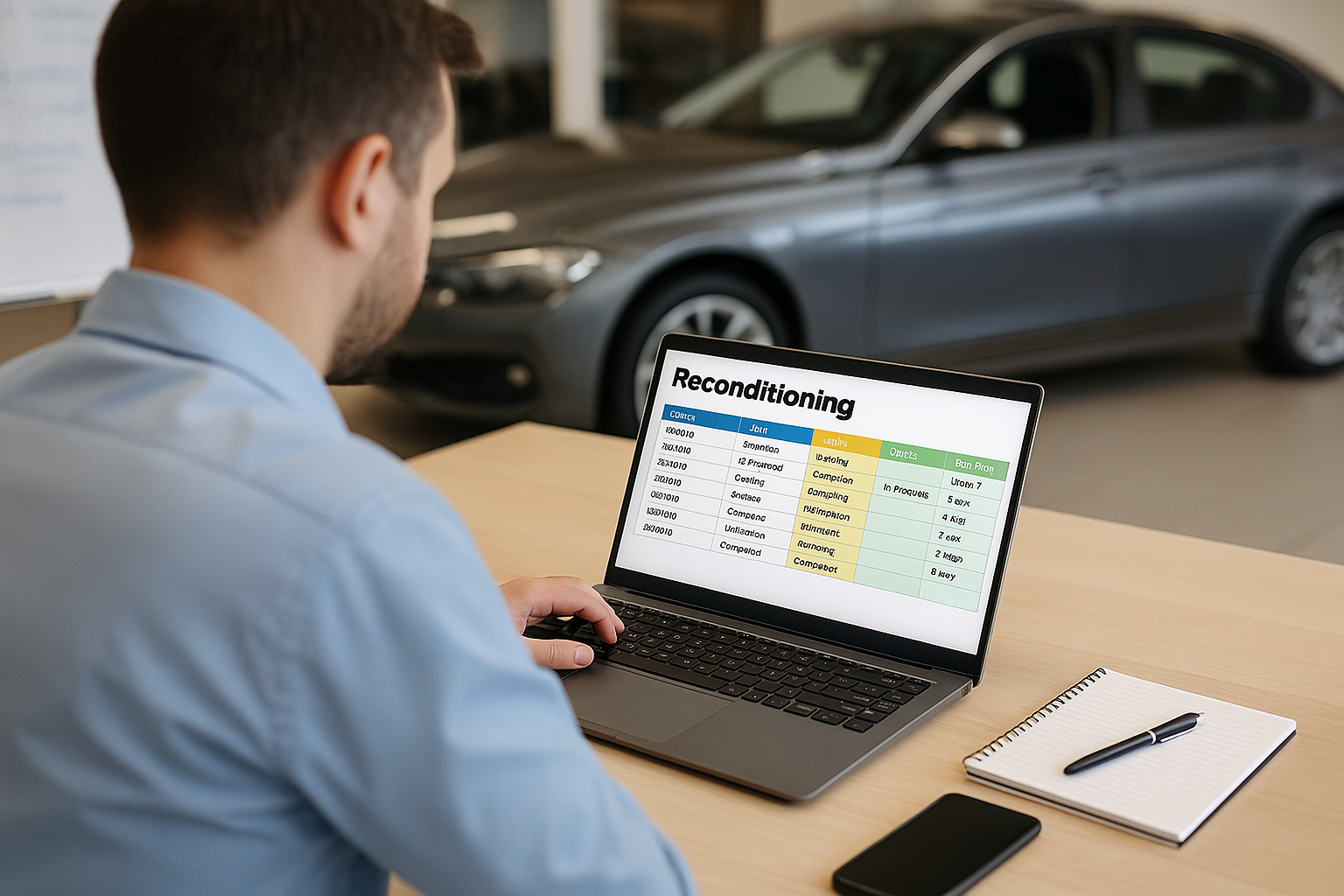Slowing turn rates drain cash, eat into margins, and leave your lot cluttered with stale units. The good news? By combining modern pricing strategies with software-driven automation, you can accelerate your inventory turnover while protecting—and even boosting—your front-end gross. Below, we’ll walk through three core tactics—dynamic pricing engines, real-time market reports, and automated repricing rules—and show you how to apply each one using dealership software.
1. Leverage Dynamic Pricing Engines for Market-Aligned Listings
Traditional static price tags leave too much guesswork on the table. A dynamic pricing engine continuously adjusts your asking prices based on live market data and inventory age, ensuring every unit remains competitively positioned.
- How it Works
- Software ingests local market comps (auction lanes, online listings, regional sales data).
- Algorithms factor in your target margin, carrying cost per day, and days on lot.
- As comps shift, prices tick up or down to stay within your pre-set range—no manual re-tag required.
- Key Benefits
- Faster Response to Market Swings: When high demand pushes comps up, you capture extra margin. When supply surges, you avoid being left at an uncompetitive price.
- Margin Protection Built-In: You set minimum thresholds so the engine never drops below your break-even point.
- Hands-Free Pricing: Sales and lot teams focus on selling, not chasing spreadsheets.
Pro Tip: Set your engine to update pricing nightly. That way, each morning your online listings and lot stickers reflect the previous day’s market shift—keeping you in step with buyers.
2. Tap Into Real-Time Market Reports to Inform Strategic Adjustments
While dynamic engines automate low-level tweaks, real-time market reports give you the strategic overview needed for larger pricing moves, especially on aging or high-value units.
- What to Monitor
- Regional Days-on-Market Averages: Compare your lot’s average “days on lot” for each model against the regional benchmark.
- Price-to-Market Ratios: See how far above or below “market median” your current pricing sits (e.g., +3% above comps).
- Sales Velocity by Segment: Identify slow movers—say, compact sedans in a market that’s favoring SUVs this season.
- Actionable Insights
- Rebatch Aged Inventory: If your 2017 sedans are averaging 60 days on lot while the region sits at 30, consider a 5–7% strategic markdown or add a feature bundle (e.g., complimentary detailing) to justify the current price.
- Spot Margin Opportunities: When reports show your trucks are priced 2% below market median and moving faster, you can test a slight markup on new acquisitions to improve per-unit gross.
- Align with Seasonal Trends: A sudden uptick in convertible sales? Real-time data will illuminate the shift so you can adjust pricing and marketing quickly.
Pro Tip: Schedule a weekly “Market Pulse” report that highlights any models more than 5% off-market or 10 days past the regional ADOL average. Assign follow-up tasks so someone on your team acts before it’s too late.
3. Automate Repricing Rules to Enforce Consistent Turn-Optimized Discounts
Manual markdowns are prone to delay—and by then, units have already lost precious selling days. Automated repricing rules remove human lag by applying tiered discounts based on age and market position.
- Design Your Markdown Ladder
| Days on Lot | Discount Tier | Trigger Condition |
| 10–14 | –1.5% | If comps are within 3% lower than your current price |
| 15–20 | –3% | If comps are within 2% lower |
| 21–30 | –5% | Always apply if beyond 21 days, regardless of comp variance |
| 31+ | –7–10% | Escalating discount; notify manager for special marketing push |
- Implementation Steps
- Set Minimum Price Floors: Link each tier to your cost basis plus carrying-cost buffer so you never auto-drop below break-even.
- Tie to Market Data Feeds: Ensure your software’s repricer checks live comps before applying any markdown.
- Configure Alert Overrides: For high-value or specialty models, route discount approvals to a manager push-notification so you retain control.
- Why It Works
- Consistency: Every aged unit follows the same markdown playbook—no exceptions, no delays.
- Speed: Price changes go live immediately, keeping you ahead of buyer comparisons.
- Accountability: Automated logs show exactly when and why each markdown occurred, simplifying post-mortems.
Pro Tip: Build an “Escalation Matrix” in your software so that once a unit hits 30 days, it automatically appears on a manager’s dashboard for potential re-marketing actions (special financing offers, targeted ads, etc.).
4. Case Study Snapshot: Turning 60-Day Inventory into 25-Day Turns
Background: Riverside Used Autos averaged 60 ADOL and resorted to deep, manual markdowns only after units sat for 40+ days—by which point margins were slashed.
Software Hacks Applied:
- Dynamic Pricing Engine set to nightly updates, with a 2% floor margin.
- Weekly Market Pulse Reports flagged any unit more than 10% off-market.
- Automated Markdown Ladder kicked in at Day 10, following the tiered structure above.
Results (90 Days Later):
- Average Days on Lot: 60 → 25 days
- Turn Rate: 6 turns/year → 10 turns/year
- Average Markdown Depth: 7% → 3.5%
- Front-End Gross Preservation: +$150/unit on average
5. Action Plan: Implement These Hacks Today
- Audit Your Baseline
- Calculate your current ADOL, turn rate, and average markdown depth. Identify your biggest pain points.
- Activate Dynamic Pricing
- Enable a market-linked pricing engine in your DMS or inventory platform. Choose nightly or real-time cadence depending on your team’s comfort.
- Schedule Real-Time Reports
- Set up at least two key reports: “Market Alignment” (price-to-market ratios) and “Aged Inventory” (units past ADOL thresholds).
- Define and Automate Your Markdown Ladder
- Build tiered repricing rules aligned to your carrying cost and break-even requirements. Automate alert overrides for exception models.
- Train Your Team
- Run a quick workshop showing sales, lot, and marketing teams how to interpret dashboards, respond to alerts, and trust the repricer.
- Monitor & Iterate
- Review weekly scorecards on ADOL, turn rate, and markdown depth. Refine rules each month until you hit your target turn metrics.
Turning inventory faster isn’t about chasing discounts—it’s about smart, data-driven pricing combined with hands-off automation. By marrying dynamic engines, real-time insights, and automated repricing ladders, you’ll protect your margins, free up working capital, and keep your lot stocked with fresh, market-aligned vehicles ready to sell.
Ready to see these software hacks in action? Schedule a Carketa demo today and take control of your turn rates—before your competition does.






